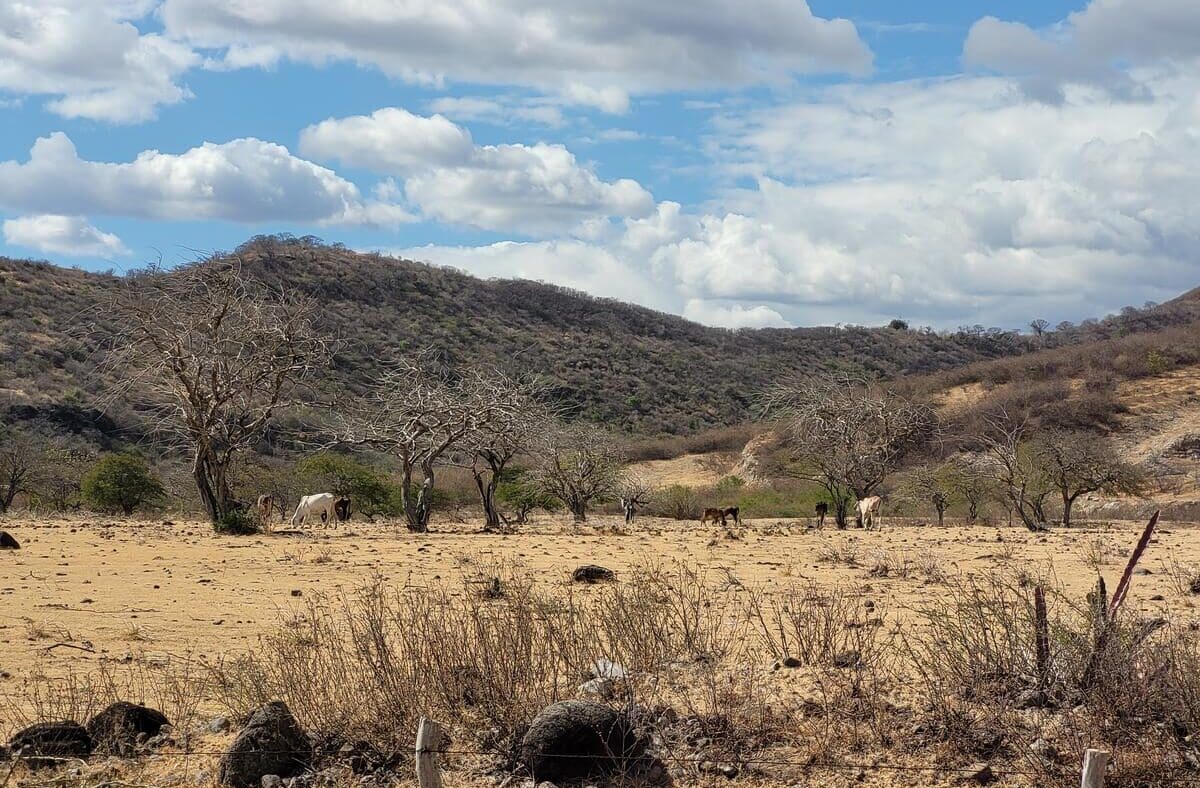
The Dry Corridor
in Central America
The Dry Corridor is a strip of land across El Salvador, Guatemala, Honduras and Nicaragua that is vulnerable to extreme climate events like long periods of drought, putting livelihoods at risk.
The economic fallout of COVID-19 and now unfolding global food crisis have triggered a dramatic rise in hunger across the Dry Corridor where extreme weather events, displacement and insecurity have already taken a heavy toll. Millions of people have been affected across El Salvador, Guatemala, Honduras and Nicaragua.
of Central America’s population is concentrated in the Dry Corridor
people in the Dry Corridor were affected by severe drought in 2023
people need food assistance this year due to the impacts of El Niño
Extreme Weather Wreaks Havoc for Farmers
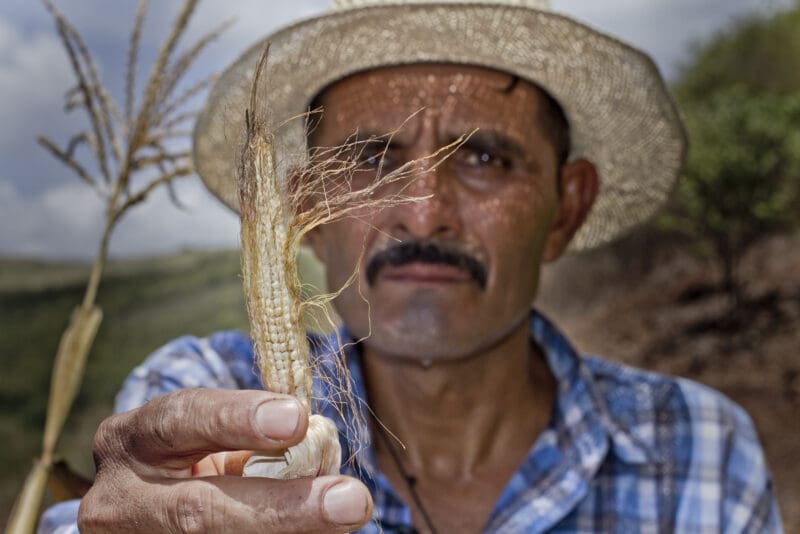
Erratic Weather
Prolonged dry spells and excessive rains have devastated corn and bean crops in the Dry Corridor of Central America, leaving farmers and their families prone to hunger and malnutrition. Children are especially vulnerable.
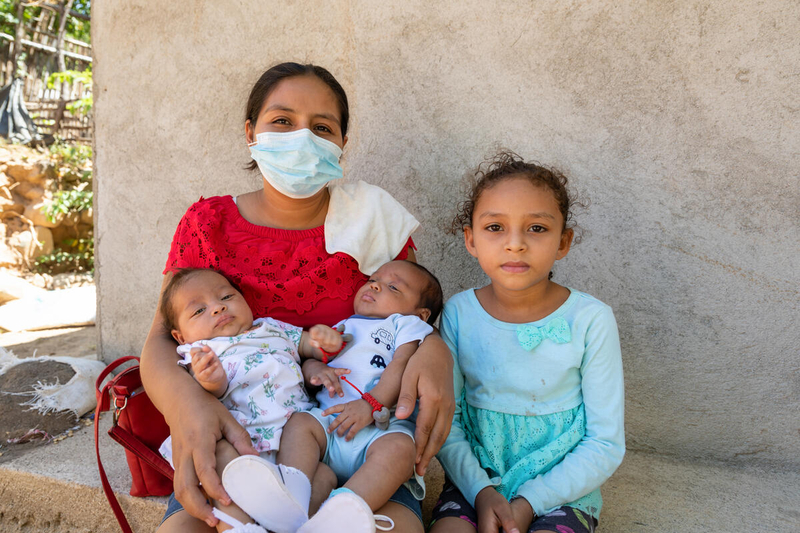
Coping Mechanisms
Many families have resorted to crisis-level coping strategies, including selling agricultural tools and animals, skipping meals and eating less nutritious food. These strategies may meet immediate needs, but threaten families’ stability in the long term.
Photo: WFP/Julian Frank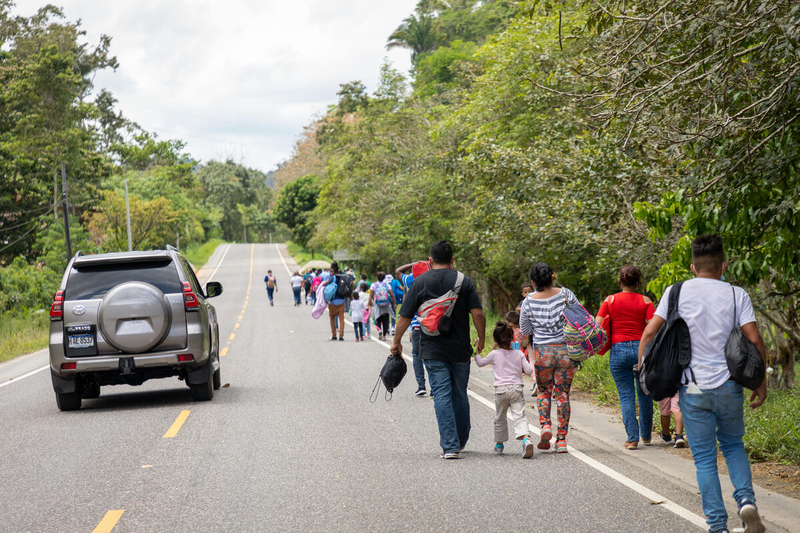
Forced Migration
Subsistence farmers and their families are highly vulnerable to disruptions caused by extreme weather. The region’s recent adverse weather has devastated harvests, leaving millions without crops to eat or sell. With no food or work nearby, many families are forced to emigrate elsewhere to survive.
Photo: WFP/Julian Frank


Women in the Dry Corridor
Most single-headed households in the Dry Corridor are headed by mothers, who are economically vulnerable and food insecure.
Due to high levels of migration in the Dry Corridor, women experience an additional burden, as they have to undertake the agricultural activities of departed men on top of their traditional domestic responsibilities.
WFP Relief efforts in the dry corridor
Climate shocks – like El Niño – affect the planting and harvesting of crops in the Dry Corridor – and they’ll only worsen the already fragile food security communities face in the Dry Corridor. Now, COVID-19 is pushing even more people in the region into poverty and hunger.
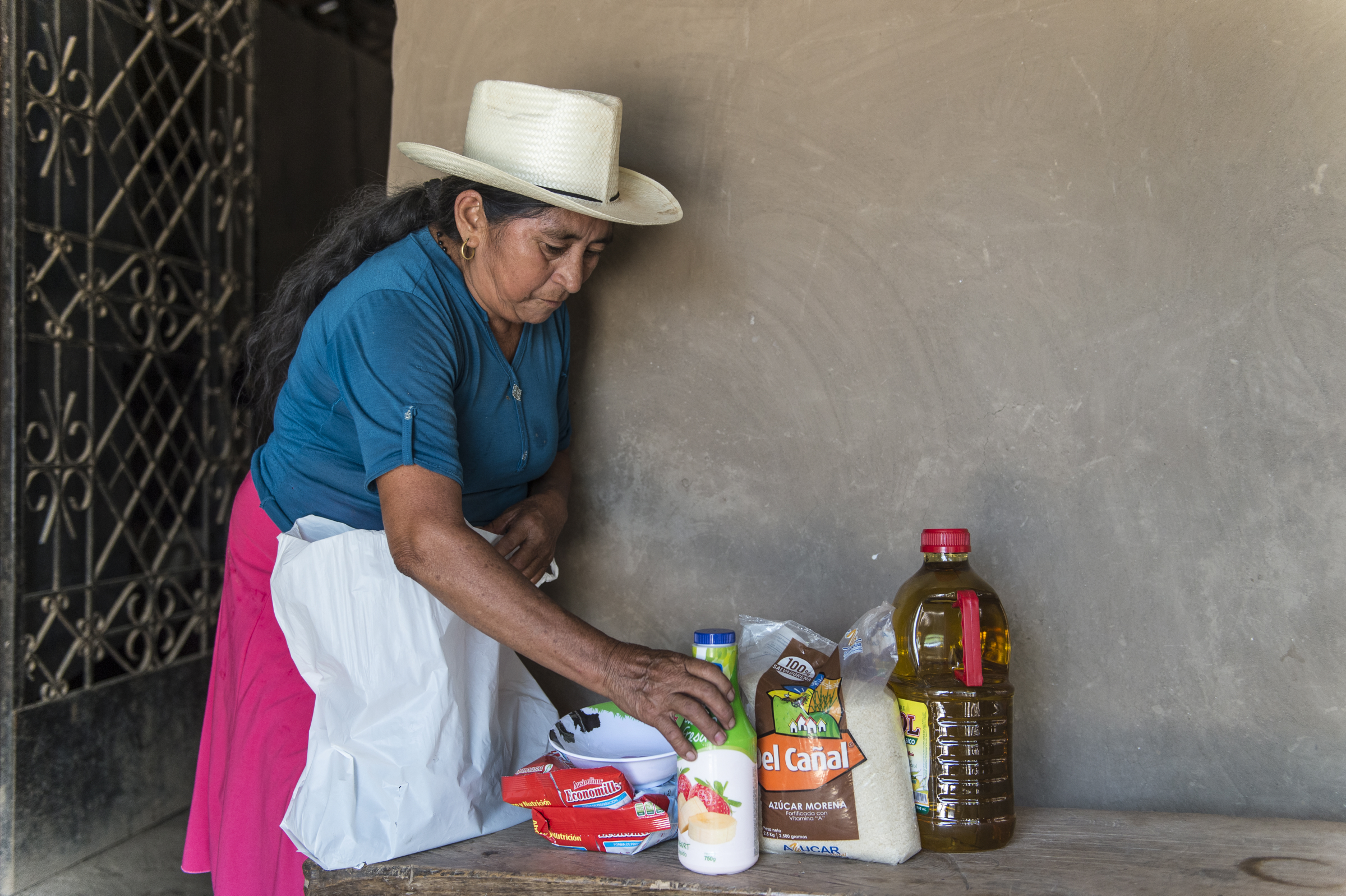
The goal is to ensure food security by stabilizing access and consumption of food for families affected by climate shocks and coronavirus.

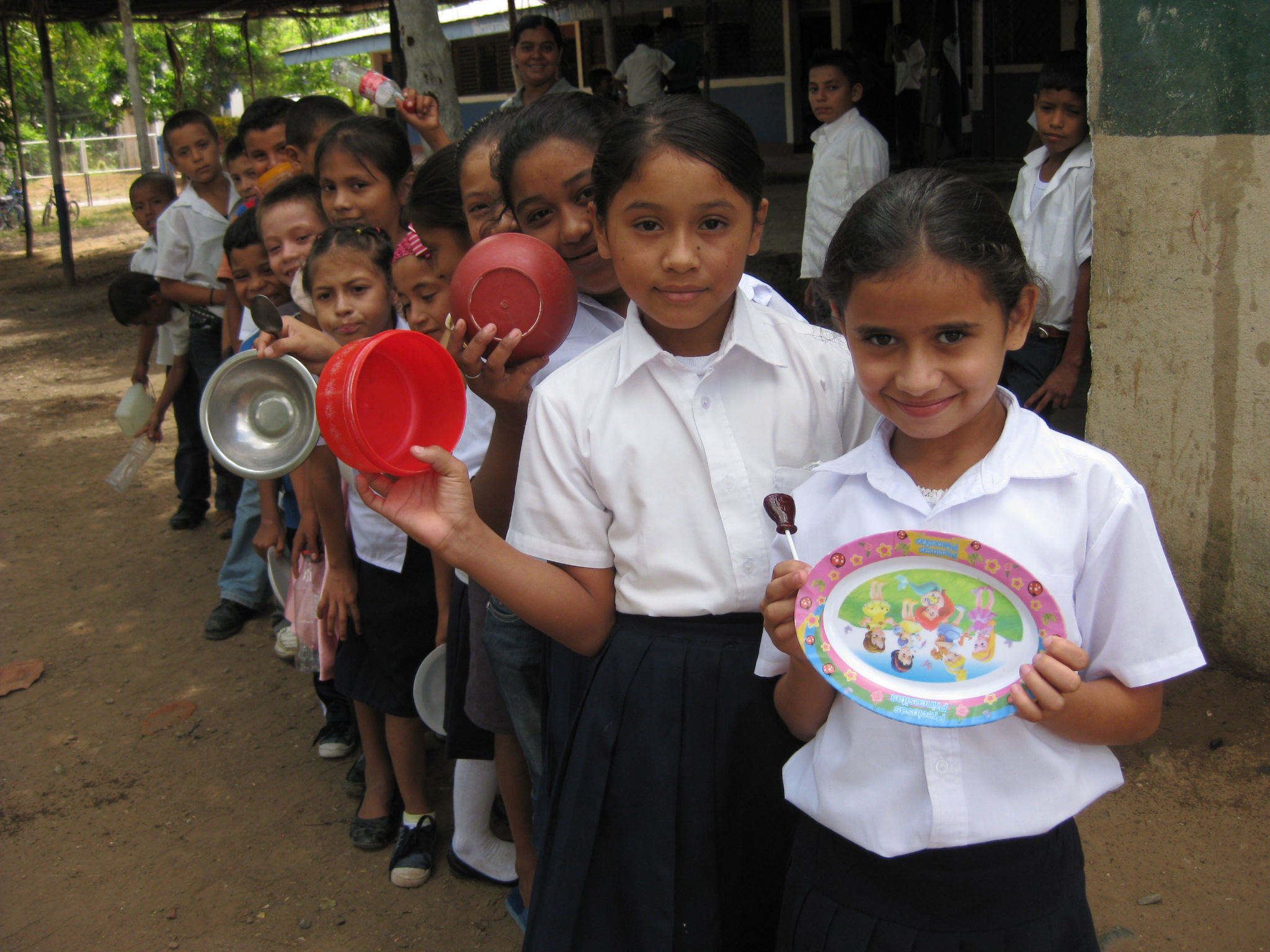
Children across the Dry Corridor receive nutritious school meals with help from WFP. Sometimes, it’s the only meal they’ll have in a day.


The goal is to help communities adapt and build resilience to climate shocks through its Food Assistance for Assets (FFA) program.


WFP applies a gender transformative approach across all stages of its programs, taking into consideration the vulnerabilities of women.



